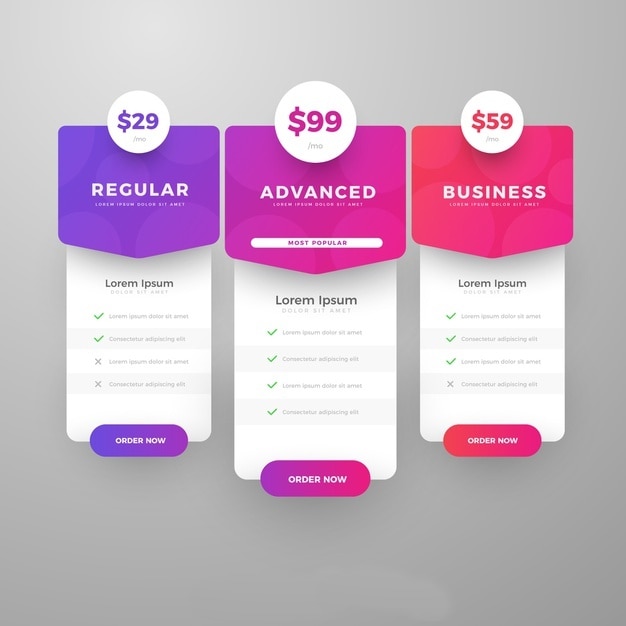Table of Contents
Definition
A Rate card is a pricing chart that helps outline the expenses for clients or businesses looking to place advertisements or utilize media services. In the marketing and media universe, a rate card is an elementary blueprint detailing the costs and options associated with a specific service.
Primarily used in advertising and publication sectors, a rate card provides comprehensive information to clients about ad placement costs and the variety of options offered. It’s a critical tool for businesses, enabling them to plan their advertising budget and decide on the best strategy for ad placement based on cost-effectiveness and potential reach.
Meaning of rate cards
The rate card lists ad prices but is not the fixed price sheet. It signifies the maximum amount of money an individual has to shed for that option. Companies usually offer various incentives and discounts to lure in customers. Another reason for an agency providing discounts is that the advertising agency wants to sell the unused space at a lower rate than the flat fee it had earlier fixed.
The rate card is a promotional and advertising rate card and a negotiation tool. It encourages customers to bargain about the prices so they can pay significantly less than the listed prices.
Rate cards are also considered a guiding force as the actual charges vary per various factors and the bargaining power of an individual or a company he represents. The stability of the rates on the rate card depends on the market’s demand and supply conditions.
A rate card details additional fees, deadlines, artwork requirements, and demographic information. It also typically includes information about the size and type of ads and features offered by the publication house to the advertiser.
The hourly rates for publishers vary and depend upon the type of advertising, such as retail or classified ads. The larger the publication, the more information is on the rate card and vice-versa.
Understanding a rate card
Newspapers have a rate card document that details the type and size of advertisement it will feature and the rates applicable for each option. The rates vary for national ads, retail advertising, and classified ads. It is the rate card document that assists the advertiser in understanding the terms and conditions that are being provided by the publishing house.
The prices are not fixed on the rate card and are subject to change via bargaining. If there is a conflict between pricing on the rate card and the insertion order, the rates quoted on the rate card are considered the deciding factor.
Suppose an agency, a person, or a business entity is interested in placing an advertisement in a particular publication. In that case, it should call its office or check its website and ask for a current copy of the rate card. Besides the usual rates and demographics, some rate cards offer details about their circulation and readership.
The advertiser can now know about the number of magazines or newspapers printed and distributed by the publisher daily. They become aware of the number of people reading the paper there. This is why an advertiser prefers to look at both the print circulation and readership to understand the point up to which he can bargain on the prices listed on the rate card
An advertiser will come across the word frequency discount on the rate card. It signifies the best discount for the display ads. These might be for every week for 52 weeks or a shorter period of 26 or 13 weeks. The publisher also offers open rates without discounts on the rate card. This rate signifies the amount charged for running a one-time and single ad in the newspaper or magazine. The publication also offers bulk space contract rates in its rate card. It signifies the rate applicable for a specific number of ads within a particular time.
Different publications use different mechanical measurements to calculate them for the ad spaces. The three common terms for ad units are
- Standard advertising unit – A standard advertising unit signifies a size generally accepted in different newspapers. This is a standard size and was created so that an advertiser can place the same ad on several papers without making any adjustments as per the column specifications
- Column inch – The term column inch in the rate card of a publishing house signifies primary space measurement. It includes one inch deep and one column wide and generally varies from one publication house to another
- Pica – It is a typographic unit that is used for measurement. For instance, 6 pica= 1-inch and 12 points = 1 pica
Advantages of a rate card
The numerous advantages of using a rate card are as follows-
- The rate card offers information about the prices that one has to pay for a particular option
- It acts as a promotional tool for its company as it lures in customers
- It draws a baseline that enables a customer to pick it up and bargain about the actual price from there
- It is a tool that helps the advertiser to compare the prices of different publishing houses and decide which one will suit his pockets
Liked this post? Check out the complete series on Advertising

